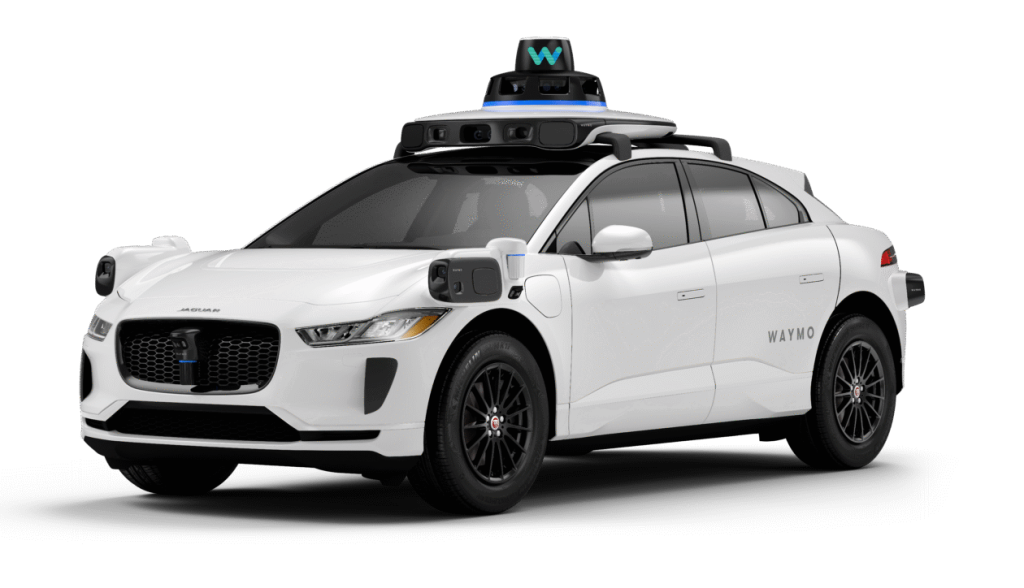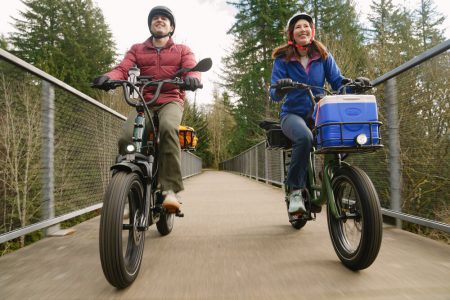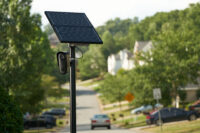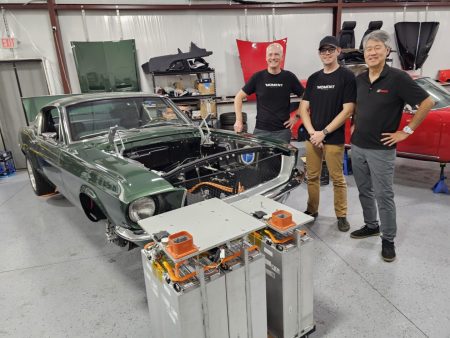Waymo Cars Take to Seattle Streets: The Road to Autonomous Taxis Begins
Waymo’s distinctive electric Jaguar I-Pace SUVs have started appearing around the Seattle area, marking the beginning of a new phase in autonomous vehicle testing in the Pacific Northwest. Just a week after announcing plans to begin testing operations and establishing infrastructure for future driverless taxi services, Waymo vehicles have already been spotted by local residents in several locations throughout the region. These sightings include multiple vehicles parked at the Northgate Link light rail station, a Waymo car waiting at a traffic light in downtown Bellevue, and another merging onto Interstate 405. The vehicles are unmistakable with their white exteriors and prominent arrays of sensors and cameras mounted on top, making them easy to identify as they navigate the Seattle area’s diverse roadways.
Currently, approximately a dozen Waymo vehicles are operating in the Seattle metropolitan area, but they aren’t yet functioning as fully autonomous taxis. This initial phase involves safety testing with human drivers behind the wheel, focusing on how well the vehicles can adapt to the region’s specific challenges. Seattle presents unique testing conditions compared to Waymo’s other operational cities, with its frequent rainfall, significant hills, and varied urban and suburban environments. These human-supervised tests will ensure the vehicles can safely navigate the local road network before any progression toward driverless operations. The company, which began in 2009 as the Google Self-Driving Car Project, isn’t entirely new to the region, having previously conducted limited testing in Kirkland in 2016 and Bellevue in 2022, specifically to understand how their autonomous systems perform in rainy conditions.
The timeline for when Seattle residents might be able to hail a driverless Waymo taxi remains uncertain and depends on two major factors. First, the company must successfully complete its safety testing regimen, which will progress from human-supervised driving to fully autonomous operation without passengers before finally introducing passenger service. This methodical approach has been Waymo’s standard procedure in other cities where it now operates commercial robotaxi services. Second, and perhaps more critically, Washington state must establish comprehensive regulations that permit commercial autonomous vehicle operations. Currently, the state lacks the necessary regulatory framework to allow companies like Waymo to operate driverless taxis as commercial services, representing a significant hurdle beyond the technological challenges.
As Laura Milstead, spokesperson for Bellevue’s Transportation Department, explained to GeekWire, “A full commercial deployment is contingent on state-level legislation being passed authorizing autonomous vehicle services.” This regulatory uncertainty means that even after Waymo’s technology is proven safe in Seattle’s conditions, residents may still face a wait before they can experience autonomous taxi rides. The regulatory process often moves more slowly than technological development, especially for innovations that raise novel safety and liability questions. Washington lawmakers will need to address numerous concerns, including safety standards, insurance requirements, data privacy, and emergency response protocols, before commercial autonomous taxi services can legally operate.
Waymo, headquartered in Mountain View, California, and operating as a subsidiary of Alphabet (Google’s parent company), has already established commercial robotaxi services in several U.S. cities, including San Francisco, Los Angeles, Phoenix, Atlanta, and Austin. These deployments followed similar testing phases and required navigating complex regulatory environments in each location. The company’s approach to Seattle demonstrates its strategic expansion into regions with varying climates and topographies, helping to build a more robust autonomous driving system capable of operating under diverse conditions. Seattle’s challenging environment, with its combination of rain, hills, busy urban centers, and highway systems, provides valuable testing scenarios that can further improve Waymo’s technology.
The arrival of Waymo vehicles in Seattle represents not just a technological milestone but a potential glimpse into the future of urban transportation in the region. If testing proceeds successfully and regulatory hurdles are overcome, autonomous taxis could eventually become a common sight throughout Seattle and its surrounding communities, potentially transforming how people move around the city. However, the timeline remains flexible, dependent on both technical progress and political developments. While residents can now spot these distinctive vehicles during their testing phase, the journey from current human-supervised testing to a fully operational robotaxi service still has significant road to travel. For now, Seattleites can observe this technology in development while the groundwork for a driverless future is gradually laid in their city.














